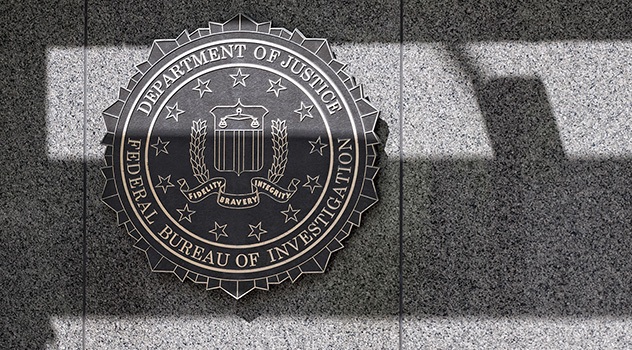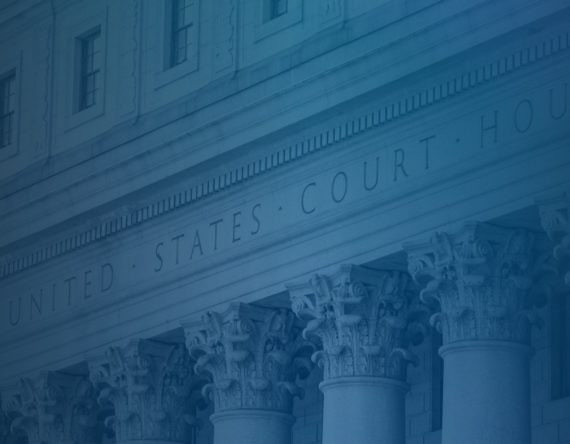Recent merger and acquisition activity has been record-breaking, with 2021 being the best year on record. While traditional corporate reorganizations have cooled recently—although several companies have encountered unintentional “reorganizations” stemming from employee turnover—there is still plenty of dry powder sitting in private equity war chests begging to be used.
While investigating the departure of its employees, a jilted employer may discover breaches of employment agreements, misappropriation of trade secrets, and theft of intellectual property. During the investigation, perhaps the employer identifies instances in which the departing employees interfered with customer contracts. Each of these discoveries could result in violations of the employees’ fiduciary duties. Understandably, the aggrieved party may believe that financial damages are obvious. However, financial harm can be difficult to prove with a relative degree of certainty.
This article discusses how to assess the value of trade secrets, determine the appropriate monetary remedies applicable to these matters, and provide employers with ideas on how to overcome the common challenges when faced with these complex circumstances.
Rules of Engagement
First and foremost, it is imperative for employers to have a working knowledge of the applicable laws and generally accepted standards that govern their employees’ work. While the breach of an employee’s non-compete and/or non-solicit agreements are generally civil actions driven by the relevant contract language, trade secret thefts have civil and criminal liability promulgated by state and federal laws. Criminally, theft of trade secrets is defined in the Economic Espionage Act of 1996. The Defend Trade Secrets Act, signed into law in 2016, modified criminal penalties under the EEA and outlines civil remedies available under federal law.
In general terms, a defendant violates the EEA by intentionally taking a trade secret, knowing that the offense will injure the owner of that trade secret. Civilly, the Department of Justice’s Manual states that some remedies may exist under the appropriate state law—with the exception of New York, 49 of the 50 states have adopted some form of the Uniform Trade Secrets Act (UTSA)—and highlights the need to determine among other things, whether the trade secrets were protected, then misappropriated, and the degree of economic injury to the trade secret owner. These are areas where accountants can help.
Trade secrets are defined by 18 U.S.C. § 1839 as:
All forms of valuable, stored tangible and intangible financial, business, scientific, technical, economical, or engineering information, if:
1. the owner has taken reasonable measures to keep such information secret; and
2. the information is not generally known and not readily ascertainable through proper means by the public.
Unlike patents and other forms of intellectual property, trade secrets can vary. The most common information includes customer lists, pricing sheets, and employee rosters. Certain industries may also possess valuable technology codes, methodologies, programs, policies, and procedures.
Economic Injury to the Plaintiff
The professional standards require experts to obtain “sufficient relevant data” to support their opinion to a “reasonable degree of certainty.” Experts should consider all available evidence, including evidence that may be contrary to their opinions. To establish a reasonable basis for future damage, an expert must determine the financial impact and consider alternative explanations.
To establish a reasonable basis for future damages, an expert must compile projections and forecasts of revenue that the plaintiff would have achieved had it not been for the actions of the defendant. An expert’s methodology in computing damages often reflects the anticipated results, but for the actions of the defendants. An expert should utilize contemporaneous, objective forecasts, budgets, specific industry data and trends, comparing performance before the alleged actions to those after.
However, careful attention should be given to other events that may have impacted the results. For example:
- Covid-19. The pandemic affected industries differently. For example, technology companies that focused on videoconferencing and virtual communication printed money during the pandemic, whereas some companies immersed in the hospitality industry struggled to remain open. A financial expert must determine whether those trends are indicative of future performance, and account for them in determining the impact of the defendant’s behaviors.
- Inflation. To determine lost profits, the costs incurred to achieve those lost revenues must also be computed. The World Economic Forum suggests the average overall cost increase from November 2021 to November 2022 was 7.1%. However, some items, such as food, increased more than 250%. Further, the Council of Supply Chain Management Professionals’ 2022 State of Logistics Report indicated that transportation costs rose about 22%, according to the report, while inventory-carrying costs—which measure the value of the goods a company is selling, against the cost to store them—have jumped nearly 26%. As such, historical costs may not be the best proxy to forecast costs going forward. Discussions as to how those increased costs will affect the company’s customers—and associated revenues—must also be assessed.
Overcoming Challenges
It is general knowledge that a trade secret plaintiff must prove three facts: (1) it has some valuable business information that it has kept secret; (2) the information it has kept secret is not generally known; and (3) the defendant has used that secret. Whereas defendant’s use could be obvious, facts pertaining to a trade secret’s value and protection can be disputed. Here are some common tactics.
Thing of Value
For example, if the trade secret was never monetized or the product in question was never commercialized, the defendant may attempt to show the losses sustained by the plaintiff stemmed from unrelated actions or that the trade secret held no independent economic value. Conversely, the plaintiff could pursue monetary recovery in the form of the defendant’s unjust enrichment as an alternative theory of damages, assuming discovery is sufficient to compute such damages.
Lack of Protection
A defendant may argue that the plaintiff has not taken reasonable measures to protect the information, and as a result, it was easily knowable. Some financial experts are skilled in assessing and testing companies’ internal controls that serve as measures to secure purported trade secrets. These findings may become relevant in instances in which a defendant claims the information was common knowledge or left unprotected. Many companies specifically list intellectual property in employee manuals and require employee acknowledgement and acceptance annually, through signatures.
Alternative Actions
A defendant may attack the causal link, i.e., the relationship between the damages and the alleged misappropriation, and point to other occurrences, such as negative news accounts or trade press articles, or customer complaints. In matters in which those allegations are prevalent, forensic accountants can help identify the source of online fodder, as well as analyze data to determine whether there is a correlation between financial performance and any purported hotlines calls, or customer surveys or complaints.
Forensic technologists can also be useful in identifying key phrases, terms, or documents to help assess whether defendants accessed sensitive, confidential information shortly before their departure. Further, the use of forensic technology may lead to the discovery of electronic transmissions containing the alleged misappropriated trade secrets. Technology also exists that can detect the presence of external devices used to transfer large volumes of data, including the type of device, date of use, files transferred, among other information. Perhaps there exists electronic communications between the employees and/or certain customers shortly before the employees’ departure.
A judge or jury may find these types of facts relevant in determining whether information was unlawfully taken.
Other Limitations
A defendant may also challenge the period of damages, by claiming a non-compete or non-solicitation provision of an employment agreement is limited to 12- to 24-months. Those claims could be relevant in matters where those agreements are the only ones breached, yet the damages associated with the theft of trade secrets may be much longer, and in some situations, the harm to a plaintiff may be irreparable. As such, it’s imperative to carefully examine the precise confidential information taken and establish the causal link to the financial impact.
There are many considerations that can impact the degree of certainty—or uncertainty—in a damages assessment with respect to the misappropriation of trade secrets. However, one thing is clear: having the right experience and toolkit can transcend challenges and time for a reliable outcome.
This article originally appeared in Bloomberg Law, June 2023. Download this insight.






























